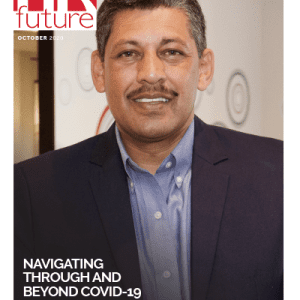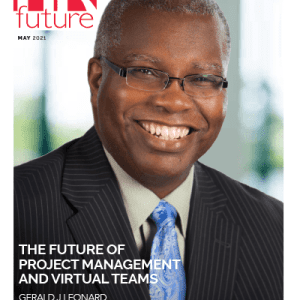With only 15 per cent of employees globally engaged with their jobs, according to Gallup, executives are finding it tough to get people more actively involved in the business. The days of simply doing a job and getting paid for it are long gone. In the digital workplace, employee engagement is vital to boosting productivity, reducing staff churn, and improving customer satisfaction and company culture.
Issues such as a lack of recognition, very little organisational transparency, and a divide between senior management and the rest of the staff are contributing to employee apathy. He says that engagement should focus on motivating employees to give their best at work. This risk-free talent administration will enable the business to deliver on its strategic mandate more effectively. And in an ultra-competitive environment, this is vital for growth.
Companies can ill afford to ignore their employees in these difficult times. Instead of passing the problem on to HR, the leadership should take the time to leverage research around human behaviour and neuroscience to deliver on a more emotionally-driven work environment rather than one that is financially-driven. It is about management listening to and understanding what their employees want and taking the necessary steps to deliver on this.
Without going into too much of the scientific detail, McAlister cites Dr David Rock’s (who coined the term neuro-leadership) SCARF model, which uses neuroscience as a way for people to work more effectively with one another. He identifies certain ‘domains’ or ‘levers’ which impact on people’s behaviour in social situations and provide employers with a useful roadmap to understand and influence each other’s behaviour more effectively. Rock argues that humans will move towards or away from engaging more deeply, depending on the extent to which these levers are present in an organisation.
The levers are:
• Status – the need for workplace significance: In other words, our relative importance to others. For example, the manager feels he or she can do the job well and so provides extensive feedback on what the other person should do differently. The person feels this as a threat to his or her status.
• Certainty – the need for workplace predictability: This is about our ability to predict the future. For example, managers do not understand the importance of clear expectations so they may not generate a feeling of certainty.
• Autonomy – the need to influence the impact of the workplace: This is our sense of control over events. For example, managers often micromanage and therefore do not give employees a sense of autonomy.
• Relatedness – the need for human connection, support and empathy: This refers to how people relate to their peers. For example, managers often do not connect with people on a personal level for fear of being too close to them. And yet, this ‘closeness’ is vitally important.
• Fairness: the need for consistently equitable treatment: This refers to the degree of fairness we perceive the exchanges between people to be. For example, managers do not understand the importance of a sense of fairness, so they keep things secret.
Rock’s SCARF model is based on extensive research showing how these five levers activate the same threat and reward responses in people’s brains that are used for physical survival. In other words, it is about an organisation minimising threats to employees and maximising rewards.
Ultimately, this boils down to empowering people with more opportunities to make a meaningful difference to the organisation and recognising them for it. This reward does not necessarily have to take a monetary value but can be something as straightforward as heralding them at a staff meeting or even taking them for lunch to more actively engage with them.
It has become too easy to throw technology at the problem in the hope that it will remedy all organisational ills. But there is something to be said for organisations who are prepared to listen to their employees, relate to them, and develop strategic interventions that make them feel like an integral part of the business.
Pioneering organisations are increasingly challenging the conventional role of performance management in the employee engagement space and seeking alternatives that serve to better inspire employees. It’s about turning the traditional staff appraisal on its head and coming up with more innovative ways of measuring performance. This is also where initiatives like employee wellness come in.
It’s also about leveraging continuous and collaborative conversations with employees around shorter-term goals and identifying and resolving barriers to achieving goals rather than simply ticking boxes to what makes a good employee.
Management should harness ideas around how to manage the things employees are threatened by and show them that they do care about them as individuals, not just as cogs in a machine. An employee engagement strategy that seeks to better inspire and motivate people should incorporate an emotional and ‘human element’.
In a world where digital solutions and technology have become such a natural part of our working environment, organisations who are willing to reintroduce the ‘humanness’ of their relationships with employees will not only create a more engaged workforce but also drive future business growth. And the advantage of this new way of approaching talent management is that it is without any risks to the organisation.
Employee engagement is not a glorified human resources tactic. It is a fundamental component of the successful business today. This will help instil an organisational culture ripe for success that will attract the best talent, the best customers, and the best business benefits.
Ian McAlister is the General Manager of CRS Technologies.























